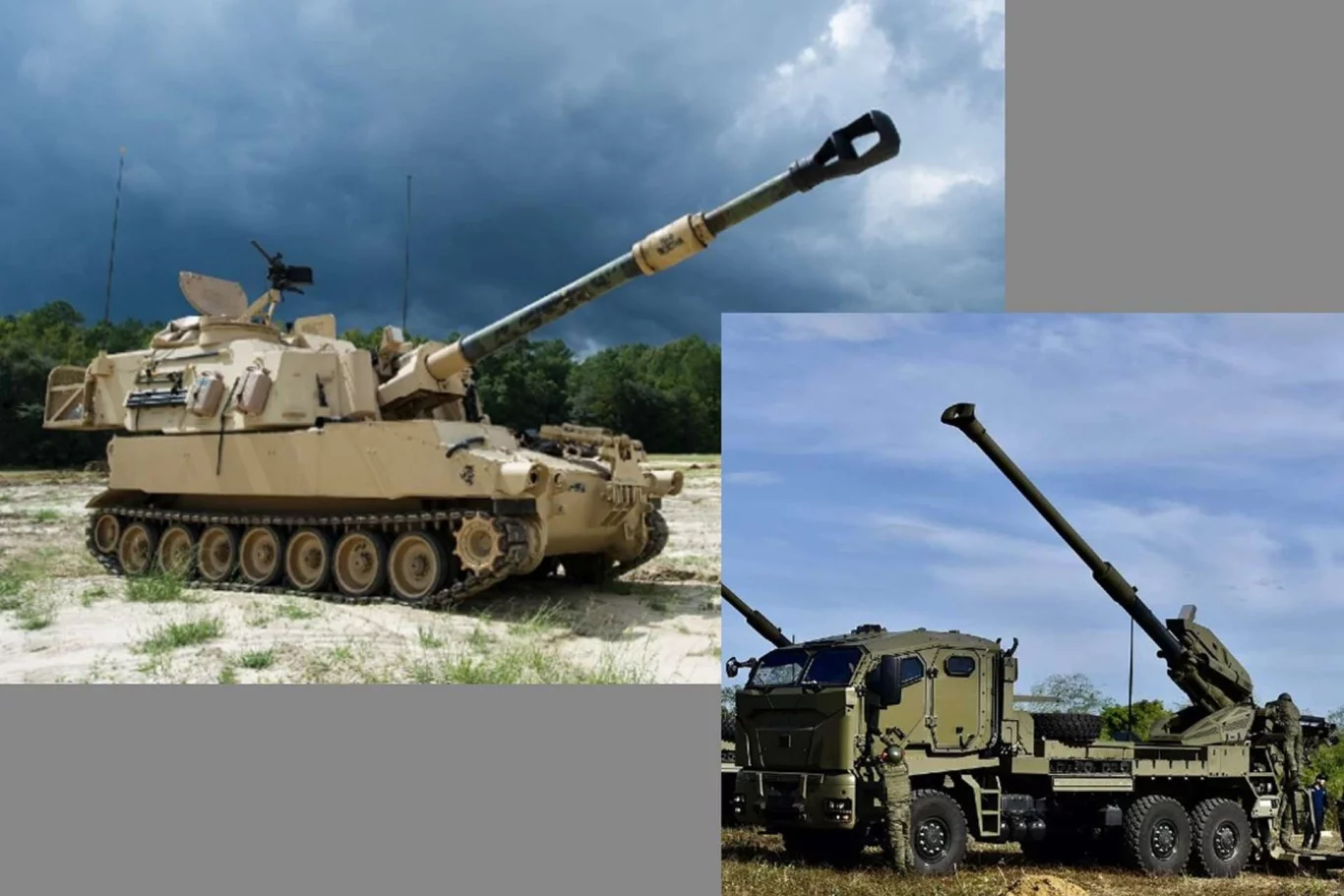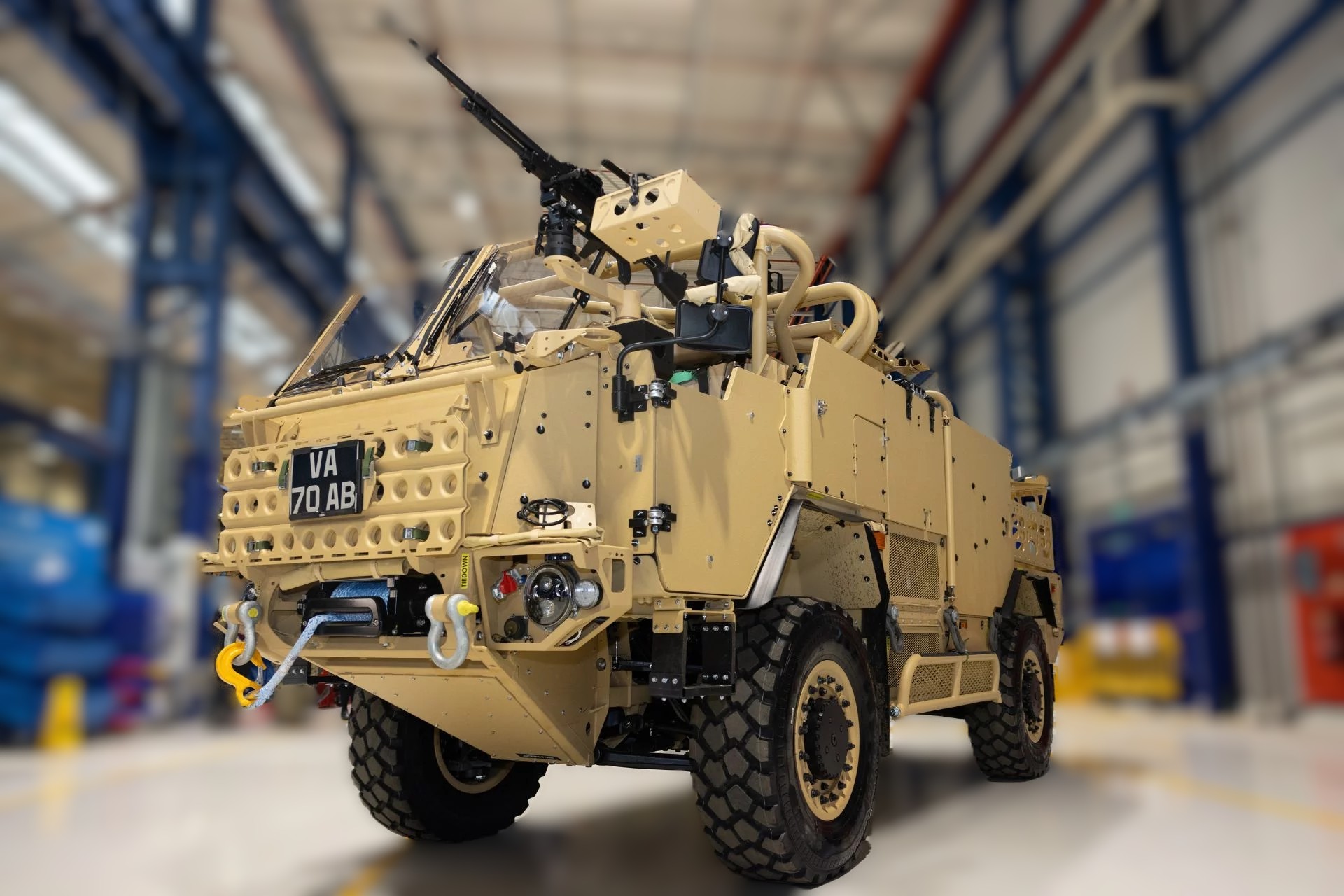Argentina is embarking on an ambitious plan to significantly modernize its army’s firepower, with a stated intention to acquire a substantial fleet of 72 self-propelled artillery units. This move represents a pivotal step in the nation’s efforts to update its aging military capabilities, reflecting a growing strategic focus on enhancing its conventional defense posture. While the specific models under consideration remain a topic of intense discussion and evaluation, the sheer scale of the planned acquisition underscores Argentina’s commitment to revitalizing its ground forces.
A Crucial Need for Modernization
For years, the Argentine Army has operated with a conventional artillery arsenal that, while functional, increasingly lags behind contemporary military standards. The backbone of its current self-propelled artillery consists primarily of older models, such as the AMX-13 Mk F3, which, despite their historical significance, are reaching the limits of their operational lifespan and technological relevance. These systems often feature shorter ranges, slower rates of fire, and less sophisticated targeting capabilities compared to the advanced platforms available on the international market today.
The decision to acquire 72 new units is therefore not just an upgrade; it’s a critical strategic imperative. Modern self-propelled artillery offers a distinct advantage in battlefield dynamics, providing rapid deployment, shoot-and-scoot capabilities to avoid counter-battery fire, extended range, and enhanced precision. These attributes are essential for any army seeking to project credible deterrence and ensure effective defense in the 21st century.
The Contenders: A Global Search for the Best Fit
The procurement process is expected to be comprehensive, involving a thorough evaluation of various self-propelled howitzer systems from leading defense manufacturers around the globe. While no definitive list of contenders has been officially released, it’s reasonable to anticipate that systems from countries known for their robust artillery production will be considered. Potential candidates could include:
- South Korean K9 Thunder: A highly regarded system known for its robust performance, long range, and high rate of fire, widely adopted by several nations.
- French CAESAR: A truck-mounted system offering excellent strategic mobility and a balance of firepower and deployability.
- German PzH 2000: One of the most advanced and well-protected self-propelled howitzers, though potentially at a higher price point.
- Chinese PLZ-45 or PLZ-05: Increasingly competitive options known for their modern features and potential for technology transfer.
- Israeli ATMOS 2000: Another truck-mounted system emphasizing versatility and rapid deployment.
The selection process will undoubtedly involve not only technical specifications but also considerations of cost, logistics, maintenance, and potential industrial cooperation or technology transfer agreements, which could benefit Argentina’s burgeoning defense industry.
Strategic Implications and Regional Balance
This significant investment in artillery capabilities will have a profound impact on Argentina’s military posture. It signals a serious intent to enhance its defensive capabilities and project a more formidable presence in the South American region. While Argentina’s defense policy is generally focused on territorial integrity and regional stability, a modernized artillery force provides a critical conventional deterrent and enhances its capacity for rapid response in various scenarios.
The acquisition also reflects a broader trend among Latin American nations to upgrade their military hardware. As geopolitical dynamics continue to shift globally, countries are increasingly recognizing the importance of maintaining modern and capable armed forces to protect national interests and contribute to regional security.
Financing and Future Outlook
The acquisition of 72 self-propelled artillery units represents a substantial financial commitment for Argentina. The nation’s economic landscape will undoubtedly play a significant role in the pace and specifics of the procurement. It is likely that the acquisition will be phased over several years, potentially involving a mix of direct purchases and long-term financing arrangements.
Ultimately, this ambitious plan signifies a critical turning point for the Argentine Army. The successful acquisition and integration of these modern artillery systems will not only dramatically enhance its firepower but also reinforce its role as a credible and capable defense force in the region, prepared to meet the challenges of the contemporary security environment.




